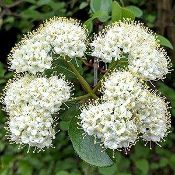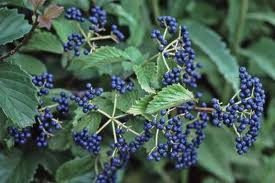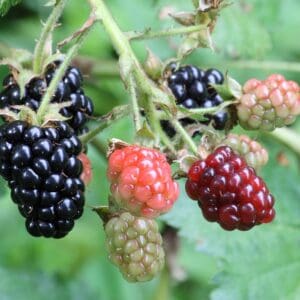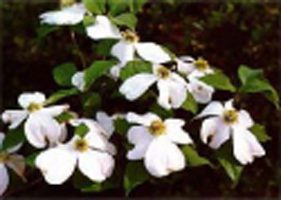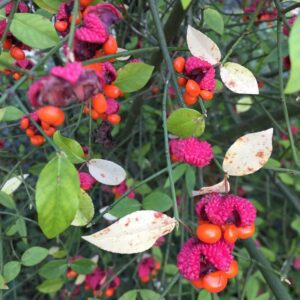Viburnum prunifolium, Blackhaw viburnum 18-24″
Order Minimum
There is a minimum order total of $150.00.
before tax (VA residents only) and shipping.
There are NO EXCEPTIONS.
Description
An order minimum of 25 of this size/species is required. We regret that quantities less than 50 will not be honored, accepted or processed.
Common Name: blackhaw viburnum
Type: Deciduous shrub
Family: Adoxaceae
Native Range: Eastern and central North America
Zone: 3 to 9
Height: 12.00 to 15.00 feet
Spread: 6.00 to 12.00 feet
Bloom Time: May to June
Bloom Description: White
Sun: Full sun to part shade
Water: Dry to medium
Maintenance: Low
Suggested Use: Hedge
Flower: Showy
Leaf: Good Fall
Attracts: Birds, Butterflies
Fruit: Showy, Edible
Tolerate: Drought, Clay Soil, Black Walnut, Air Pollution
Garden locations
Culture
Easily grown in average, dry to medium, well-drained soil in full sun to part shade.
Tolerates drought. Prune immediately after flowering since flower buds form in summer for the following year.
Noteworthy Characteristics
Viburnum prunifolium, commonly called black haw, is usually grown as a large, upright, multi-stemmed,
deciduous shrub with an irregular crown, but it also may be grown as a small, single trunk tree. As a shrub,
it typically grows 12-15′ tall with a spread of 6-12′, but as a tree may reach a height of 30′. A native plant which
commonly occurs in moist woods, thickets and on streambanks throughout the State. Non-fragrant white flowers in
flat-topped cymes (to 4.5″ diameter) appear in spring. Flowers give way in autumn to blue-black, berry-like drupes
which often persist into winter and are quite attractive to birds and wildlife. Ovate, finely toothed, glossy dark green leaves (to 4″ long)
turn attractive shades of red and purple in fall. Fruits are edible and may be eaten off the bush when ripe or used in jams and preserves.
Genus name comes from the Latin name of a species plant.
Specific epithet means with leaves like Prunus.
Common name refers to the purported similarity of this plant to hawthorns (sometimes commonly called red haws),
though hawthorns are in a different family.
Problems
No serious insect or disease problems.
Garden Uses
Small specimen tree or large specimen shrub. Shrub borders. Tall hedge or screen. Incorporate into the background of a native planting.
Related products
-

Viburnum dentatum, Southern Arrowwood 12-18″ Wholesale Native Bare Root Shrub
$1.60 Add to cart -

Rubus allegheniensis, Allegheny Blackberry Wholesale Native Bare Root Shrub
$8.00 Add to cart -

Cornus florida, Flowering White Dogwood 18-24″ Wholesale Native Bare Root Trees, Ships spring only!
$8.50 Add to cart -

Euonymous americanus, Strawberry Bush 18-24″ Wholesale Native Bare Root Shrubs
$8.00 Add to cart
